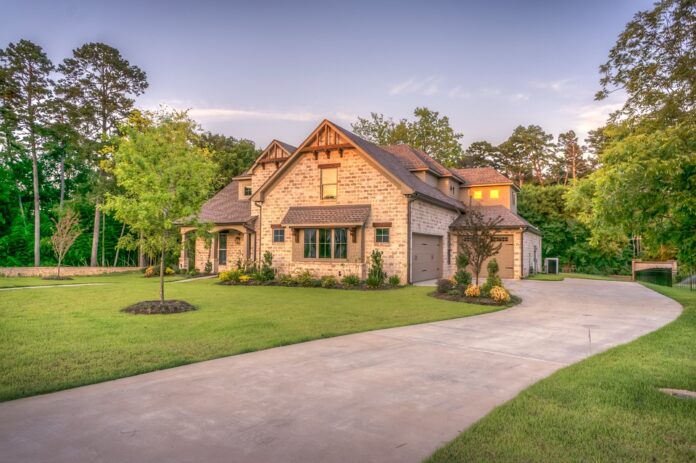Mixing patterns in your home can add depth, visual interest, and a sense of personality to your living space. However, done incorrectly, it can also result in a chaotic and overwhelming look. To achieve a harmonious and stylish mix of patterns in your home, it’s important to follow a few key dos and don’ts.
**Dos:**
**1. Start with a Neutral Base:**
When mixing patterns in your home, it’s always a good idea to start with a neutral base. This could be a neutral-colored sofa, rug, or walls. Using a neutral base will allow the patterns to stand out without competing with each other.
**2. Use a Variety of Scaled Patterns:**
To create a visually interesting mix of patterns, try to incorporate a variety of scaled patterns. For example, pair a large floral print with a small geometric pattern for a balanced look. Mixing different scales of patterns will add depth and dimension to your space.
**3. Stick to a Consistent Color Palette:**
To avoid a disjointed and chaotic look, stick to a consistent color palette when mixing patterns. Choose patterns that share a similar color or tone to create a cohesive and harmonious look. This will tie the patterns together and prevent them from clashing.
**4. Mix Different Types of Patterns:**
To create a dynamic and visually interesting mix of patterns, try mixing different types of patterns. Pair a striped rug with a floral throw pillow or a geometric patterned wallpaper with a plaid accent chair. Mixing different types of patterns will add texture and visual interest to your space.
**Don’ts:**
**1. Overdo It:**
One of the most common mistakes when mixing patterns is overdoing it. Avoid using too many patterns in one space, as this can create a cluttered and overwhelming look. Instead, try to limit the number of patterns to three or four to maintain a balanced and cohesive aesthetic.
**2. Ignore Scale and Proportion:**
When mixing patterns, it’s important to consider the scale and proportion of each pattern. Avoid pairing patterns that are too similar in scale, as this can create a flat and uninteresting look. Instead, try to mix patterns of different scales to create a dynamic and visually appealing mix.
**3. Forget about Texture:**
While mixing patterns is all about creating visual interest, don’t forget about texture. Incorporating different textures, such as a plush velvet sofa or a woven jute rug, will add depth and dimension to your space. Mixing patterns and textures will create a layered and sophisticated look.
**4. Clash Colors:**
Avoid clashing colors when mixing patterns in your home. Choose patterns that share a similar color palette to create a cohesive and harmonious look. Mixing patterns with clashing colors will create a visually jarring and disjointed look.
In conclusion, mixing patterns in your home can be a fun and creative way to add personality and style to your space. By following these dos and don’ts, you can achieve a harmonious and visually appealing mix of patterns that will elevate the design of your home.
**Frequency Asked Questions and Answers:**
1. Q: How many patterns should I use in one space?
A: It’s best to limit the number of patterns to three or four in one space to avoid a cluttered and overwhelming look.
2. Q: Should I stick to a consistent color palette when mixing patterns?
A: Yes, sticking to a consistent color palette will create a cohesive and harmonious look when mixing patterns in your home.
3. Q: How can I create a visually interesting mix of patterns?
A: To create a visually interesting mix of patterns, incorporate a variety of scaled patterns, mix different types of patterns, and consider texture in addition to color and scale.
4. Q: What is the importance of starting with a neutral base when mixing patterns?
A: Starting with a neutral base provides a clean and balanced foundation for the patterns to stand out without competing with each other.
5. Q: How can I prevent clashing colors when mixing patterns?
A: To prevent clashing colors, choose patterns that share a similar color palette to create a cohesive and harmonious look in your home.

